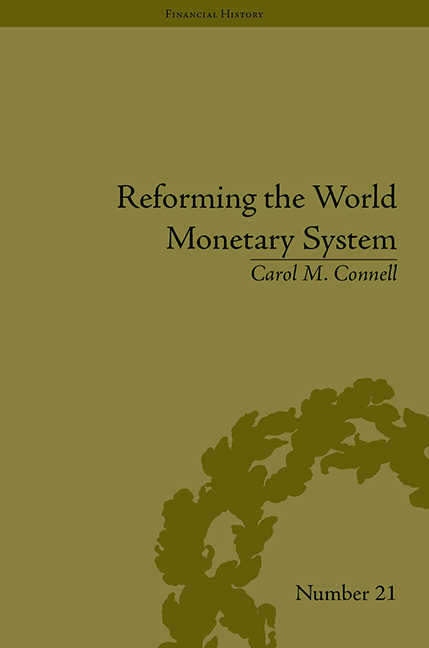Book contents
- Frontmatter
- Contents
- Acknowledgements
- List of Figures and Tables
- Introduction
- 1 A Crisis in Confidence
- 2 Fritz Machlup, his Research and Methodology
- 3 Robert Triffin and the Triffin Plan
- 4 William Fellner and the Intersection of Macro and Microeconomics
- 5 Why Economists Disagree: The Role of Framing in Consensus Building
- 6 ‘Assuring the Free World's Liquidity’ through Multiple Reserve Currencies
- 7 Milton Friedman and the Arguments for Flexible versus Fixed Exchange Rates
- 8 Collaboration with the Group of Ten
- 9 Adjustment Policies and Special Drawing Rights: Joint Meetings of Officials and Academics
- 10 From the Bellagio Group to the Bürgenstock Conferences
- 11 From the Bellagio Group and Joint Conferences of Officials and Academics to the Group of Thirty
- 12 Reassessing the Bellagio Group's Impact on International Monetary Reform
- 13 The Impact of the Bellagio Group on International Trade and Finance Scholarship from the 1960s to the Present
- Conclusions
- Notes
- Works Cited
- Index
6 - ‘Assuring the Free World's Liquidity’ through Multiple Reserve Currencies
- Frontmatter
- Contents
- Acknowledgements
- List of Figures and Tables
- Introduction
- 1 A Crisis in Confidence
- 2 Fritz Machlup, his Research and Methodology
- 3 Robert Triffin and the Triffin Plan
- 4 William Fellner and the Intersection of Macro and Microeconomics
- 5 Why Economists Disagree: The Role of Framing in Consensus Building
- 6 ‘Assuring the Free World's Liquidity’ through Multiple Reserve Currencies
- 7 Milton Friedman and the Arguments for Flexible versus Fixed Exchange Rates
- 8 Collaboration with the Group of Ten
- 9 Adjustment Policies and Special Drawing Rights: Joint Meetings of Officials and Academics
- 10 From the Bellagio Group to the Bürgenstock Conferences
- 11 From the Bellagio Group and Joint Conferences of Officials and Academics to the Group of Thirty
- 12 Reassessing the Bellagio Group's Impact on International Monetary Reform
- 13 The Impact of the Bellagio Group on International Trade and Finance Scholarship from the 1960s to the Present
- Conclusions
- Notes
- Works Cited
- Index
Summary
Introduction
When Burton Malkiel (author of A Random Walk down Wall Street and a member of the Bellagio Group) wrote his analysis of the Triffin Plan in 1963, those working towards monetary reform were coming down strongly in favour of a multiple currency approach. The Triffin Plan, which had attracted so much initial attention after the publication of Gold and the Dollar Crisis (1960), had been rejected, but the arguments it raised against a world system dependent on the continuing deficits of a single key currency country continued to gain traction. These arguments had been raised before, fist by Keynes and later by Harrod and Kaldor. Their origins lay in World War II, in the rise of multilateralism, in the fear that profligate partners threatened the system as a whole, and in the politics of European nations seeking a common voice and greater leverage as a community of states.
This chapter deals with plans for a system of multiple reserve currencies at a time when plan proponents believed in an international monetary system anchored in multilateralism. They sought to restore confidence by providing additional sources of liquidity through a basket of reserve currencies, significantly limiting dependence on the dollar and the pound sterling.
- Type
- Chapter
- Information
- Reforming the World Monetary SystemFritz Machlup and the Bellagio Group, pp. 83 - 96Publisher: Pickering & ChattoFirst published in: 2014



